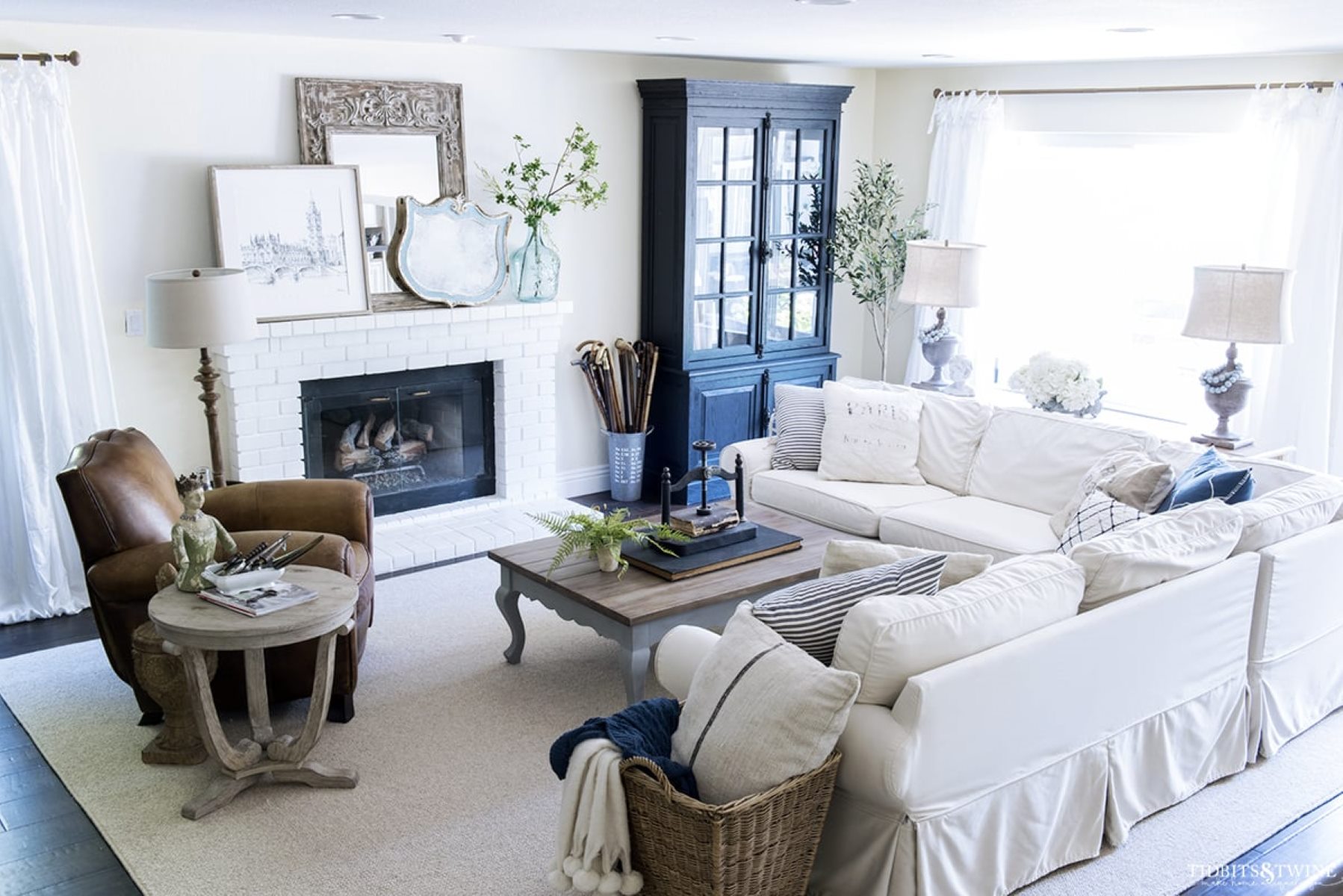

Articles
What Do You Need To Make Custom Rugs
Modified: January 19, 2024
Looking for articles on how to make custom rugs? Find out what materials and tools you need to create your own unique rugs.
(Many of the links in this article redirect to a specific reviewed product. Your purchase of these products through affiliate links helps to generate commission for Storables.com, at no extra cost. Learn more)
Introduction
Welcome to the world of custom rugs! If you’re looking to add a personal touch to your home decor, custom rugs are a fantastic option. These unique and tailored pieces can transform any space, infusing it with your own style and creativity. Whether you want to design a rug that perfectly matches your existing furniture or create a statement piece that becomes the focal point of the room, custom rugs offer endless possibilities.
Custom rugs go beyond just being functional floor coverings; they are works of art that reflect your individual taste and personality. From choosing the material and size to designing the pattern and selecting the colors, every step of the customization process allows you to express your creativity and create a one-of-a-kind rug that is truly yours.
In this article, we will guide you through the process of creating your own custom rug, covering everything from material selection to caring for your finished piece. So, let’s dive in and explore the world of custom rugs!
Key Takeaways:
- Unleash Your Creativity: Custom rugs offer endless possibilities to express your style, from material and size selection to personalized details. Embrace your creativity and design a rug that is truly unique and exceptional.
- Longevity Through Care: Proper maintenance, including regular vacuuming, professional cleaning, and protection from sunlight, ensures the longevity and beauty of your custom rug. Invest in a custom rug and preserve its value for years to come.
Read more: How Do You Make Rugs
Understanding Custom Rugs
Custom rugs are specially designed and made-to-order rugs that are tailored to your specific preferences and requirements. Unlike mass-produced rugs, custom rugs allow you to have full control over the design, size, material, and other details. This ensures that the final product perfectly aligns with your vision and complements your existing interior decor.
When it comes to understanding custom rugs, it’s important to know that the possibilities are virtually limitless. You can choose from a wide range of materials, including wool, silk, cotton, jute, or a combination of these. Each material has its own unique characteristics and benefits, so it’s crucial to consider factors such as durability, texture, and maintenance requirements when making your selection.
Another important aspect of custom rugs is the size. Whether you need a small accent rug for a specific area or a large area rug to cover the entire room, custom rugs can be made to fit any dimensions. This makes them an ideal choice for irregularly shaped spaces or rooms with non-standard layouts.
One of the key advantages of custom rugs is the ability to design your own pattern. You can choose from traditional, modern, geometric, or abstract designs, or even create your own unique pattern. This allows you to match the rug to your existing decor, create a focal point, or make a bold statement.
Custom rugs also offer a wide range of color options. You can select from a vast palette of hues to match your color scheme, blend seamlessly with your furniture, or add a pop of color to the room. Additionally, various dyeing techniques such as natural dyeing or hand dyeing can be employed to achieve specific color effects and textures.
Overall, custom rugs are a perfect way to personalize your living space and showcase your style. They offer endless possibilities in terms of design, material, size, and color, allowing you to create a rug that is truly unique and tailored to your taste. In the next sections, we’ll explore each aspect of custom rugs in more detail, helping you make informed decisions as you embark on your custom rug journey.
Choosing the Right Material
When it comes to custom rugs, choosing the right material is essential to achieve the desired look, feel, and durability. There are various materials to consider, each with its own set of characteristics and benefits. Let’s explore some popular options:
- Wool: Wool is a timeless and widely favored material for rugs. It is naturally soft, durable, and stain-resistant. Wool rugs offer excellent insulation and are suitable for high-traffic areas. They also have a luxurious feel and can withstand years of use.
- Silk: Silk rugs are known for their lustrous appearance and soft texture. They add an element of sophistication and elegance to any space. Silk is a delicate material that requires careful maintenance, making it more suitable for low-traffic areas or decorative purposes.
- Cotton: Cotton is a versatile and affordable material for custom rugs. It is soft, lightweight, and easy to clean. Cotton rugs are often used in casual settings or areas where comfort is a priority.
- Jute: Jute rugs are eco-friendly and have a natural, earthy texture. They are perfect for adding a touch of rustic charm to your space. Jute rugs are durable and best suited for low-traffic areas.
Choosing the right material depends on various factors, such as the location of the rug, the level of foot traffic, and your personal preferences. For high-traffic areas such as entryways or living rooms, wool or synthetic blends may be the best choice as they offer durability and stain resistance. In bedrooms or areas where comfort is a priority, softer materials like wool or silk can create a cozy and luxurious atmosphere.
It’s important to consider the maintenance requirements of different materials as well. Depending on your lifestyle and cleaning preferences, some materials may be easier to maintain than others. For example, wool rugs naturally repel dirt and stains, making them easier to clean, while silk rugs may require more delicate care and professional cleaning.
In addition to the materials mentioned above, you can also explore blends or combinations of materials to create a custom rug that perfectly suits your needs. Blends can offer the benefits of multiple materials, such as the softness of silk and the durability of wool.
By carefully considering the material options and their characteristics, you can select the perfect material for your custom rug, ensuring that it not only enhances the aesthetics of your space but also meets your practical requirements and withstands the test of time.
Selecting the Rug Size
Choosing the right size for your custom rug is crucial as it determines how well the rug will fit in your space and enhance the overall aesthetics. The size of the rug depends on the dimensions of the room, the furniture arrangement, and the specific purpose of the rug. Here are some considerations to keep in mind:
1. Room Size: Start by assessing the size of the room where the rug will be placed. Measure the dimensions of the room and consider the layout. If you have a smaller room, a large rug may overwhelm the space, while a smaller rug might get lost in a larger room. Take into account the overall proportions and scale.
2. Furniture Placement: Consider the placement of the furniture in the room. A rug should be large enough to anchor the furniture groupings and create a cohesive look. In a living room, for example, the front legs of the sofa and chairs should ideally rest on the rug, or in a dining room, the rug should extend beyond the table to accommodate the chairs.
3. Functional Considerations: Think about the specific purpose of the rug. Do you want it to cover the entire floor area or create a defined seating or conversation area? Do you want it to fit under a coffee table or be a statement piece in the center of the room? Consider how you will use the space to determine the size that will best serve your needs.
4. Customizable Options: Custom rugs offer the advantage of being tailored to your exact dimensions. This allows you to create a rug that perfectly fits your space, even if it has irregular shapes or non-standard dimensions. Take advantage of this flexibility to design a rug that maximizes the visual impact and functionality.
Remember, a rug that is too small can make a room feel disjointed and cluttered, while a rug that is too large might overwhelm the space. It’s all about finding the right balance to harmonize the room and create a visually pleasing environment.
Before making your final decision, it’s a good idea to use painter’s tape or a bedsheet to mock up the size and placement of the rug on the floor. This can help you visualize how the rug will look in your space and ensure that you are making the right size selection.
By carefully considering the size of your custom rug, you can optimize the functionality and aesthetics of your space, creating a harmonious and visually appealing environment that reflects your style and personality.
Designing the Rug Pattern
The pattern of a custom rug plays a significant role in its overall design and can have a profound impact on the ambiance and style of a room. Whether you prefer traditional motifs, modern geometric shapes, or something entirely unique, designing the rug pattern allows you to showcase your creativity and personal style. Here are some considerations when it comes to designing the pattern of your custom rug:
1. Inspiration: Look for inspiration in various sources, such as interior design magazines, websites, art galleries, or even nature. Take note of patterns, colors, and shapes that catch your eye and align with your design vision. Consider blending different design elements or creating a completely original pattern that reflects your personal taste.
2. Room Style: Consider the overall style and theme of the room where the rug will be placed. Is it traditional, modern, bohemian, or minimalist? The pattern of the rug should complement and enhance the existing decor, creating a harmonious and cohesive look. For example, if your room has a contemporary style, a rug with clean lines and abstract patterns might be a good fit.
3. Scale and Proportion: Consider the scale of the pattern in relation to the size of the rug and the room. A large pattern might dominate a small space, while a small pattern might get lost in a larger room. Strike a balance by ensuring that the scale and proportions of the pattern are visually appealing and proportional to the rug size and room dimensions.
4. Color Selection: Color choices can significantly influence the overall impact and mood of the rug. Consider the existing color scheme in the room and choose colors that complement or contrast with the surrounding elements. Experiment with different color combinations to achieve the desired effect, and don’t be afraid to use bold or vibrant colors to make a statement.
5. Customization Options: Custom rugs allow for complete design freedom, so take advantage of that by incorporating personalized elements into the pattern. You can include initials, names, symbols, or even imagery that holds special meaning to you. Customizing the pattern adds a unique touch and creates a rug that truly reflects your personality and style.
6. Seek Professional Advice: If you’re unsure about designing the pattern on your own, don’t hesitate to seek advice from professional rug designers or interior designers. They can offer valuable insights, guide you through the design process, and help you bring your vision to life.
Remember, designing the pattern of your custom rug is a chance to exercise your creativity and create a unique piece that adds character and personality to your space. By considering factors such as inspiration, room style, scale, color selection, and personalization options, you can design a pattern that transforms your custom rug into a true work of art.
When making custom rugs, it’s essential to have a good understanding of the different types of materials, such as wool, cotton, or synthetic fibers, and their suitability for different rug styles and uses. Understanding the various techniques for rug making, such as hand-tufting, hand-knotting, or machine weaving, is also crucial for creating custom rugs that meet your specific needs and preferences.
Read more: What Supplies Do You Need To Make Candles
Coloring and Dyeing Techniques
The coloring and dyeing techniques used in the creation of custom rugs play a significant role in achieving the desired colors, shades, and textures. These techniques can enhance the overall visual impact of the rug and bring your design vision to life. Here are some popular coloring and dyeing techniques used in custom rug production:
1. Natural Dyeing: Natural dyeing involves using plant-based or organic materials to create dyes. This traditional technique brings out earthy and subtle tones in the rug. Natural dyes are known for their unique character and ability to age gracefully, developing a beautiful patina over time. Common natural dye sources include indigo, madder root, turmeric, and cochineal.
2. Synthetic Dyeing: Synthetic dyes offer a wide range of vibrant and bold colors, allowing for more flexibility and precision in achieving specific hues. Synthetic dyes are often used in modern and contemporary rug designs to achieve vibrant and bold color combinations.
3. Hand Dyeing: Hand dyeing involves the meticulous process of dyeing individual yarns or fibers by hand. This technique allows for more control over the dye application and results in unique variations in color and shading. Hand-dyed rugs often have a more artisanal and intricate look.
4. Overdyeing: Overdyeing is a technique where an existing rug is treated with a new layer of dye to transform its colors and create a vintage or distressed effect. This technique can breathe new life into older rugs or create a trendy and eclectic look.
5. Ombre Dyeing: Ombre dyeing involves transitioning from one color to another gradually. This technique creates a visually stunning gradient effect, adding depth and dimension to the rug. Ombre dyeing is popular in contemporary and modern rug designs.
6. Rug Painting: In some cases, intricate patterns or designs are hand-painted onto the rug’s surface using specialized techniques. Rug painting allows for more intricate and detailed designs that may not be achievable through other dyeing methods. It offers the opportunity to add personalized elements or create exclusive artistic patterns.
Each coloring and dyeing technique brings its own unique characteristics and aesthetics to the rug. When choosing a technique, consider the desired color palette, the overall style of the room, and the intended mood you want to create. It’s also essential to consider the maintenance and longevity of the colors. Some natural dyes may change and mellow over time, while synthetic dyes often offer long-lasting vibrancy.
It’s worth noting that working with professional rug designers and artisans can be invaluable when it comes to selecting the right dyeing technique and achieving the desired color outcome. Their expertise and experience can help you navigate the various options and ensure that your custom rug reflects your vision and preferences.
By understanding the different coloring and dyeing techniques available, you can choose the method that best suits your design goals and create a custom rug that is not only visually appealing but also a true reflection of your personal style.
Adding Personalized Details
One of the exciting aspects of creating a custom rug is the opportunity to add personalized details that make the rug uniquely yours. These personalized touches can elevate your custom rug from a beautiful decorative piece to a meaningful and cherished heirloom. Here are some ways to add personalized details to your custom rug:
1. Monograms and Initials: Incorporate your initials or monogram into the rug design. This can be done by using embroidery techniques or by integrating the letters into the pattern itself. Monogrammed rugs add a touch of elegance and sophistication, making them perfect for formal living spaces or bedrooms.
2. Names and Messages: Consider adding names, special dates, or meaningful quotes to your custom rug. This personalization can be achieved through embroidery or rug painting techniques. Including names or messages can turn your rug into a sentimental and significant piece that tells a story or commemorates a special occasion.
3. Family Crests or Symbols: If your family has a crest or symbol that holds significance, consider incorporating it into the rug design. This can be achieved through intricate rug painting or weaving techniques. Family crests or symbols add a personal and ancestral touch to the rug, making it a treasured family heirloom.
4. Custom Borders or Edgings: Personalize the edges of the rug by adding a custom border or edging. This can be a design element that complements the overall pattern or a unique pattern that sets the rug apart. Custom borders or edgings add visual interest and define the boundaries of the rug, making it a distinct and personalized piece.
5. Handwritten Notes or Drawings: For a truly unique and personal touch, consider incorporating handwritten notes, drawings, or sketches into the rug design. These can be the handwriting of a loved one, precious drawings from your children, or even your own artistic creations. Digitally capturing and converting these personal elements allows them to be woven or painted onto the rug, creating a one-of-a-kind masterpiece.
When adding personalized details to your custom rug, it’s important to collaborate with skilled artisans or rug designers who can bring your vision to life. Their expertise and craftsmanship will ensure that the personalization is seamlessly integrated into the rug design.
Personalized details not only make your custom rug uniquely yours, but they also add sentimental value and create a connection to the rug that goes beyond aesthetics. They turn the rug into a meaningful piece that holds memories and tells a story, making it a cherished part of your home for years to come.
Custom Rug Finishing Options
When it comes to finishing your custom rug, there are several options to consider. The finishing touches can significantly impact the overall look and durability of the rug. Here are some common custom rug finishing options:
1. Binding: Binding is a popular finishing technique where a fabric strip is sewn around the edges of the rug to create a neat and finished look. This helps to prevent fraying and adds durability to the rug. Binding can be done using various materials such as cotton, leather, or synthetic fabric, and it can be tailored to match the rug’s color or provide a contrasting accent.
2. Fringing: Adding a fringe to the ends of the rug is another popular finishing option. Fringes can be hand-knotted or machine-sewn and create a traditional and classic look. They add elegance and sophistication to the rug, especially in more formal or traditional spaces. Fringes can be customized in terms of length, thickness, and color to suit your preferences.
3. Serging: Serging is an alternative to binding, where the edges of the rug are wrapped with yarn or thread and stitched to create a finished edge. Serging can be done in a matching or contrasting color, depending on the desired effect. It provides a clean and polished look to the rug while also helping to prevent fraying.
4. Rug Pad: Using a rug pad underneath your custom rug is essential for both comfort and protection. Rug pads provide cushioning, prevent slipping, and extend the life of your rug by reducing wear and tear. They come in various materials and thicknesses, and can be cut to fit the exact size of your rug.
5. Blocking and Stretching: Blocking and stretching is a process where the rug is stretched and shaped to achieve precise dimensions and eliminate any ripples or wrinkles. This ensures that the rug lies flat and maintains its shape over time. Professional rug makers use specialized tools and techniques to block and stretch the rug to perfection.
6. Custom Backing: In addition to the surface finishing, you can also customize the backing of your rug. Custom backing options include non-slip backing for added stability, moisture-resistant backing for outdoor rugs, or even custom branding or labels that can be incorporated into the backing.
When it comes to finishing your custom rug, it’s important to consult with a professional rug maker or designer who can recommend the most suitable options based on your specific rug and preferences. Their expertise will ensure that the finishing choices align with your design vision and enhance the functionality of the rug.
By considering the finishing options and selecting the ones that best suit your style, you can add the final touches to your custom rug and create a finished product that is not only visually appealing but also durable and long-lasting.
Caring for Your Custom Rug
Proper care and maintenance are essential to ensure the longevity and beauty of your custom rug. With the right care routine, you can preserve its vibrant colors, texture, and overall appearance for years to come. Here are some tips to help you care for your custom rug:
1. Regular Vacuuming: Vacuum your rug regularly to remove dirt, dust, and debris that can accumulate over time. Use a vacuum with adjustable settings and gentle bristles to avoid damaging the fibers. Be sure to vacuum both sides of the rug to remove any embedded dirt or particles.
2. Rotate the Rug: To prevent uneven wear and fading, rotate your rug periodically. This helps distribute the foot traffic and sunlight exposure more evenly across the entire rug, ensuring that it ages consistently.
3. Protect from Sunlight: Direct sunlight can cause color fading and deterioration of the rug fibers. To protect your custom rug from sun damage, use curtains, blinds, or UV-blocking window film to limit the amount of direct sunlight that reaches the rug. If possible, rotate the rug periodically to minimize sun exposure.
4. Address Spills and Stains Promptly: Accidents happen, so it’s important to address spills and stains immediately. Blot the affected area with a clean, absorbent cloth or paper towel to soak up the excess liquid. Avoid rubbing the stain, as it may spread or push it deeper into the fibers. Use a mild detergent or specialized rug cleaner to treat the stain, following the manufacturer’s instructions. It’s always a good idea to test the cleaning solution on a small, inconspicuous area of the rug first.
5. Professional Cleaning: Even with regular care, professional cleaning is necessary to maintain the longevity and freshness of your custom rug. Depending on the material and traffic level, professional cleaning every 1-3 years is recommended. Professional cleaners have the expertise and equipment to deep clean and remove embedded dirt and stains without damaging the rug’s fibers.
6. Protect from Furniture Legs: To prevent indentations or damage from heavy furniture, use rug pads or furniture coasters under the legs of your furniture. This helps distribute the weight and prevents the rug from being crushed or permanently marked.
7. Avoid Excessive Moisture: Keep your custom rug away from excessive moisture or damp areas, as it can lead to mold growth or damage to the rug’s structure. If the rug gets wet, blot the moisture immediately and allow it to air dry completely before placing it back on the floor.
Remember, each custom rug may have specific care requirements based on the material, dyeing techniques, and construction. It’s important to follow the care instructions provided by the rug manufacturer or consult with a professional for specific care guidelines.
By implementing these care tips and staying proactive in maintaining your custom rug, you can enjoy its beauty and functionality for many years, preserving its value and making it a lasting part of your home.
Read more: What Do You Need To Make Stained Glass
Conclusion
Custom rugs offer a unique opportunity to transform your living space into a personalized oasis that reflects your style, creativity, and individuality. From selecting the right material and size to designing the pattern and adding personalized details, every step of the customization process allows you to create a rug that is truly yours.
Understanding the various options available, such as natural or synthetic materials, different dyeing techniques, and finishing touches, empowers you to make informed decisions and bring your design vision to life. With careful consideration and collaboration with skilled artisans or rug designers, you can create a custom rug that not only complements your existing decor but also becomes a focal point and conversation starter in any room.
Proper care and maintenance of your custom rug are essential for preserving its beauty and ensuring its longevity. Regular vacuuming, rotating the rug, and addressing spills promptly are key to keeping it looking fresh and vibrant. Professional cleaning and protecting the rug from sunlight and excessive moisture are also important considerations to maintain its pristine condition.
In conclusion, custom rugs provide a canvas for you to express your style, showcase your personality, and create a truly unique piece of art for your living space. They offer limitless possibilities in terms of design, material, pattern, and personalization. By investing in a custom rug and caring for it properly, you can enjoy its beauty and functionality for years to come, adding warmth and character to your home.
So, embrace your creativity, explore the world of custom rugs, and let your imagination run wild as you design a rug that is as unique and exceptional as you are.
Frequently Asked Questions about What Do You Need To Make Custom Rugs
Was this page helpful?
At Storables.com, we guarantee accurate and reliable information. Our content, validated by Expert Board Contributors, is crafted following stringent Editorial Policies. We're committed to providing you with well-researched, expert-backed insights for all your informational needs.
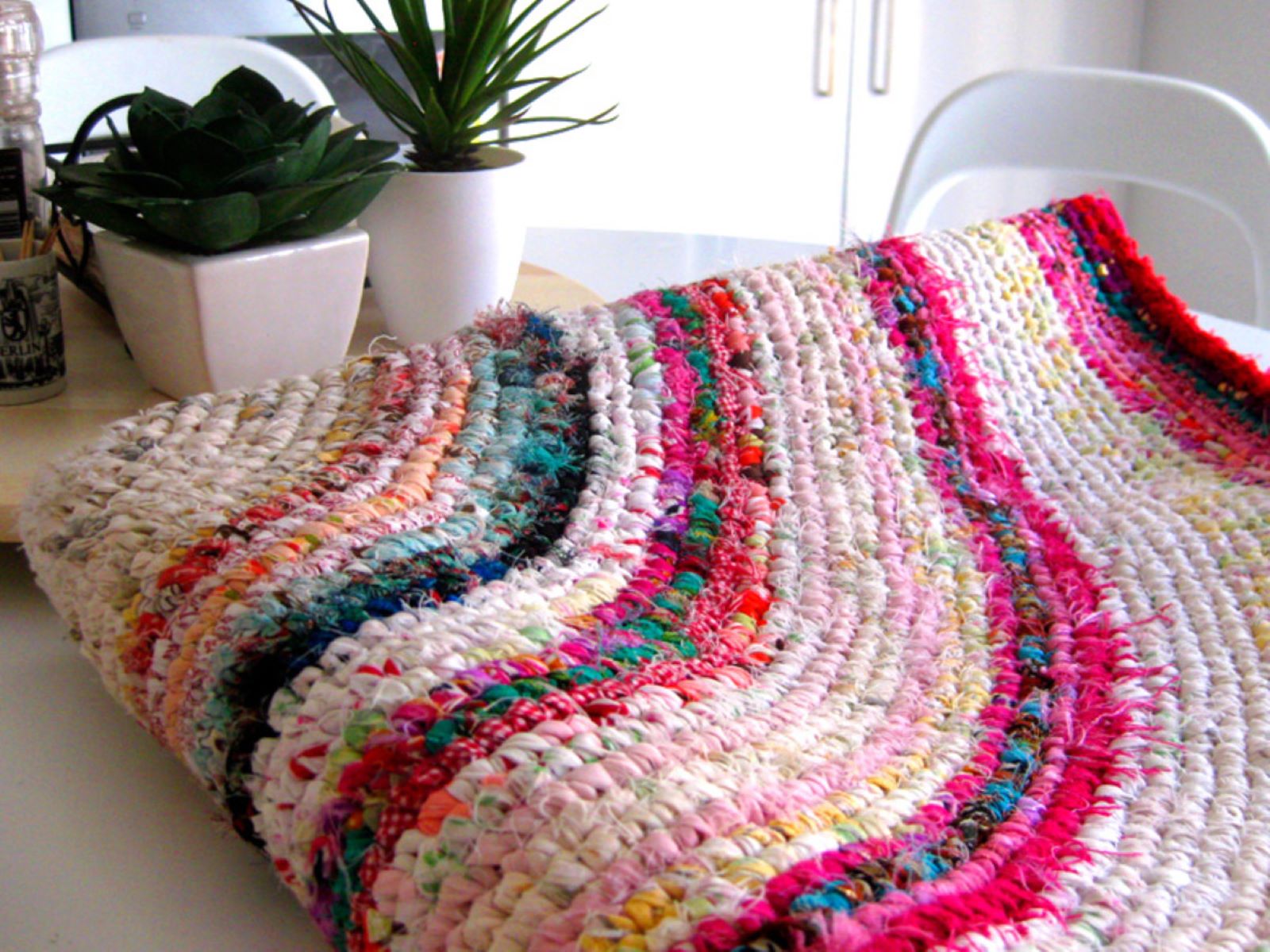

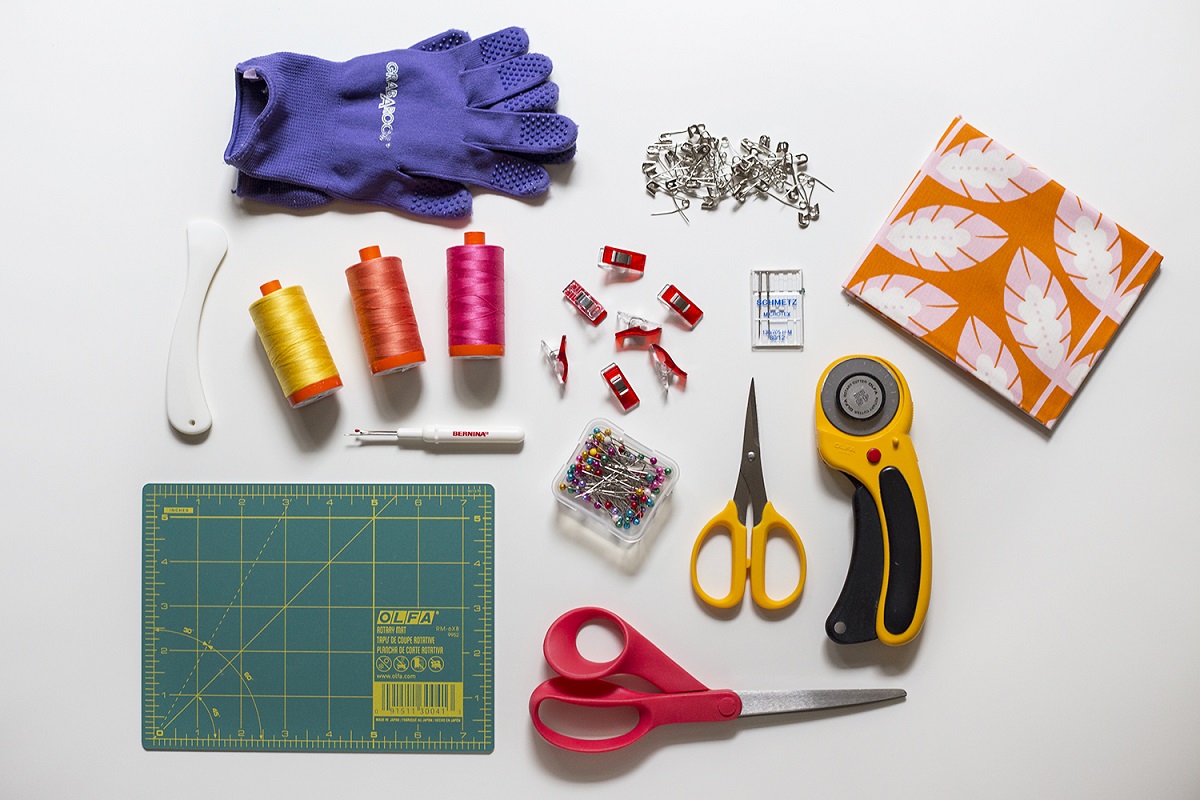
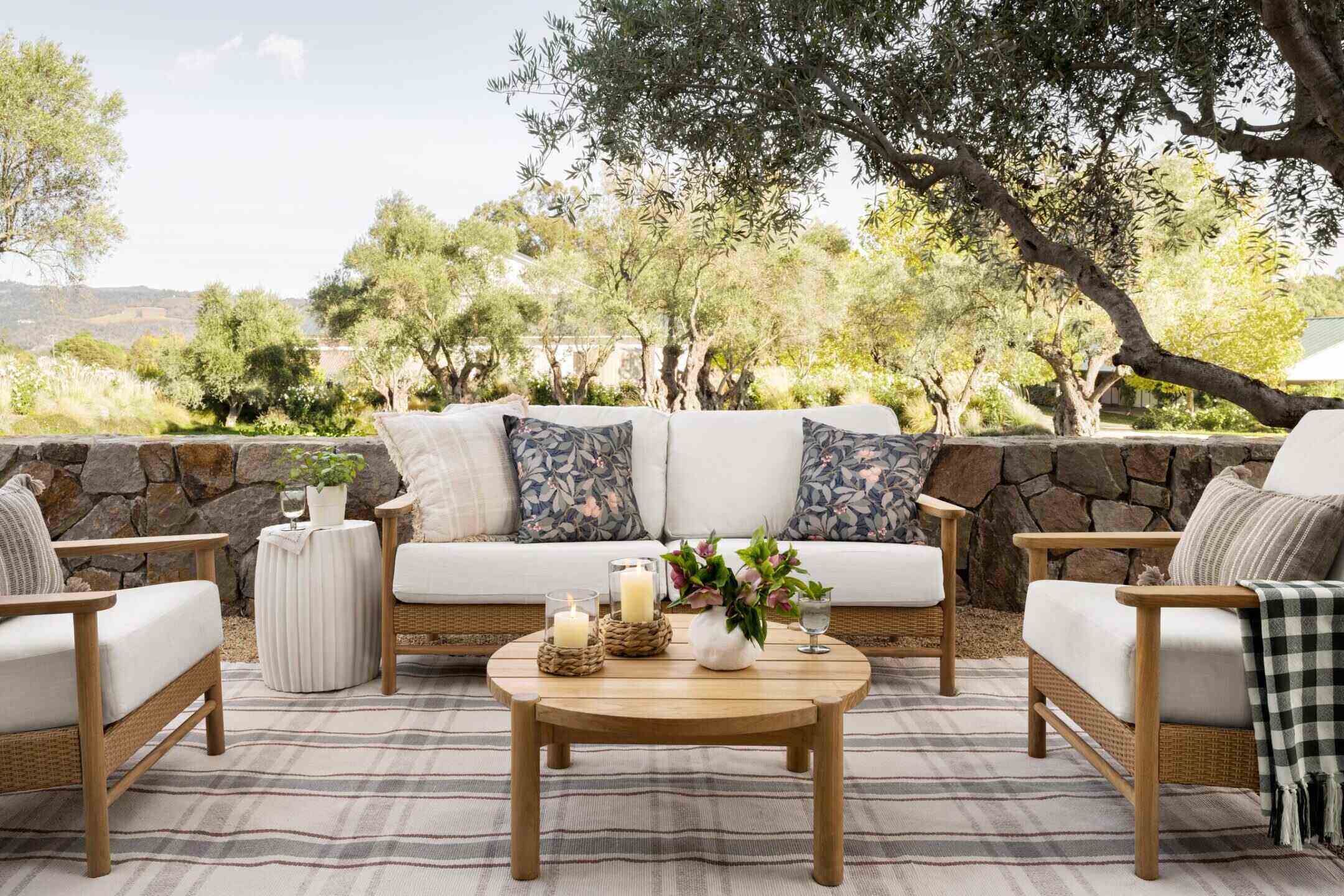


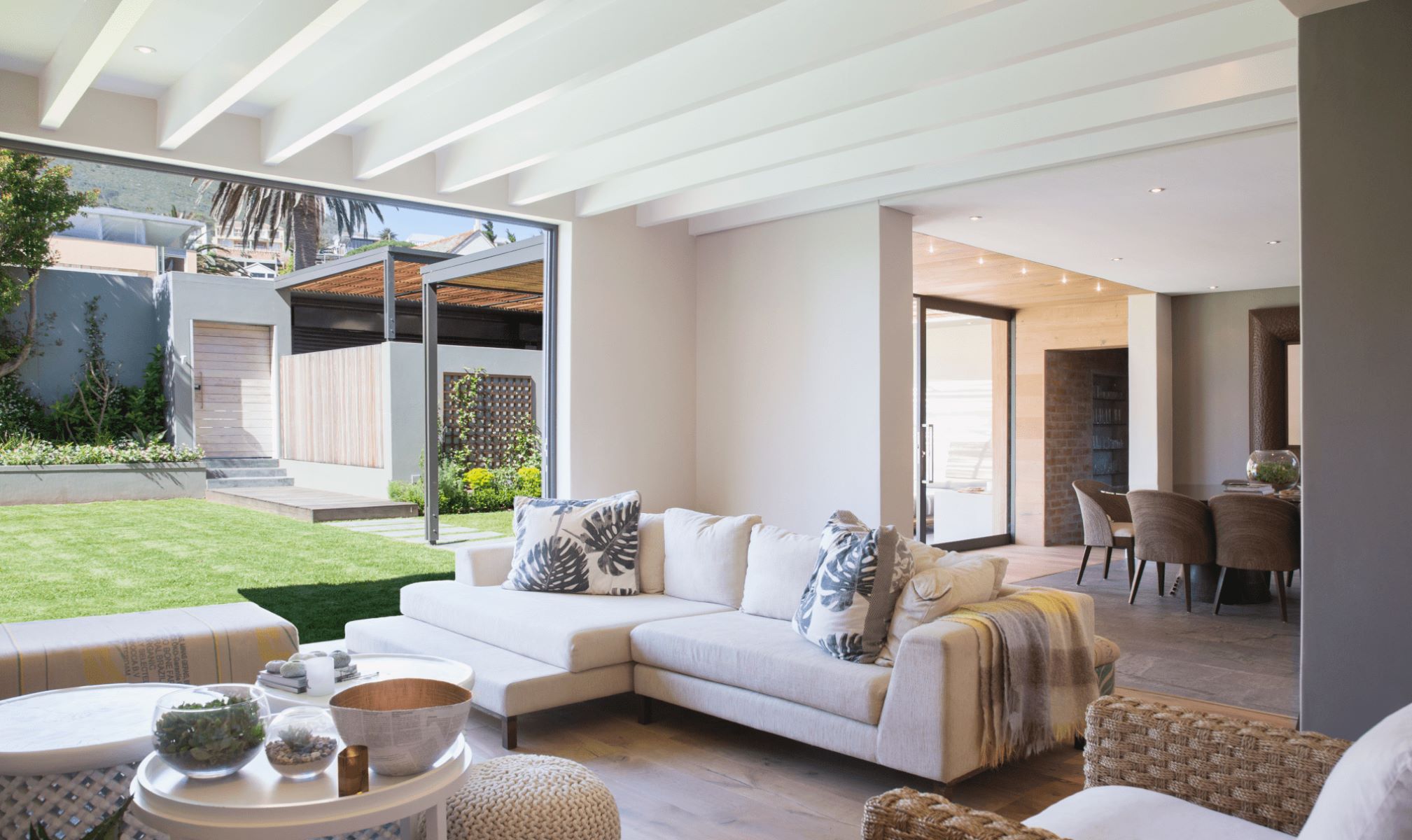

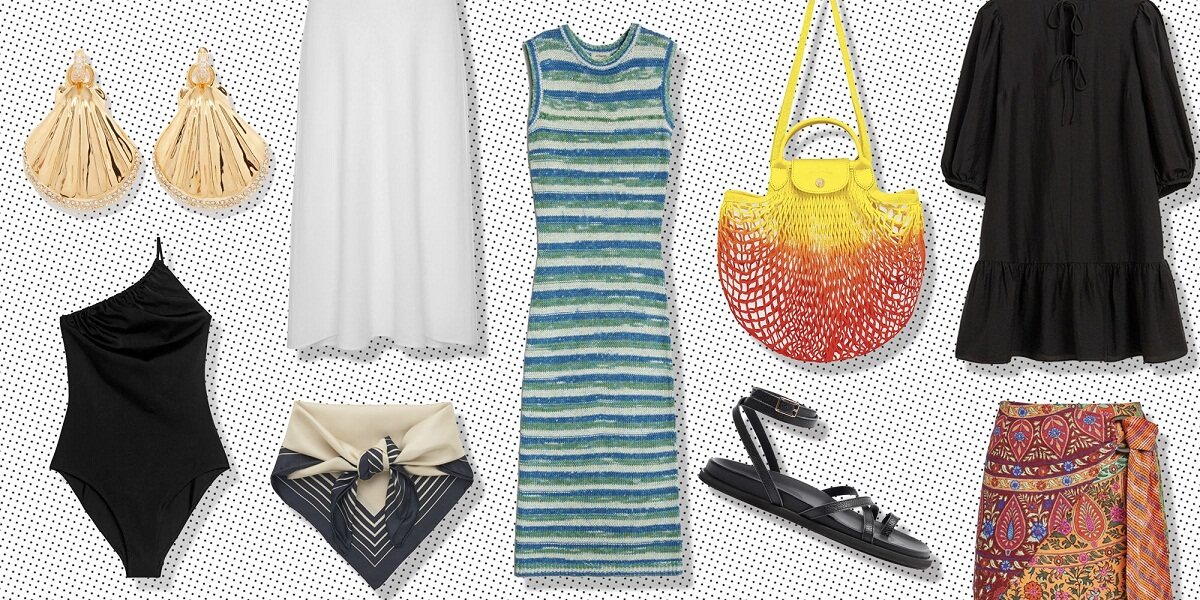
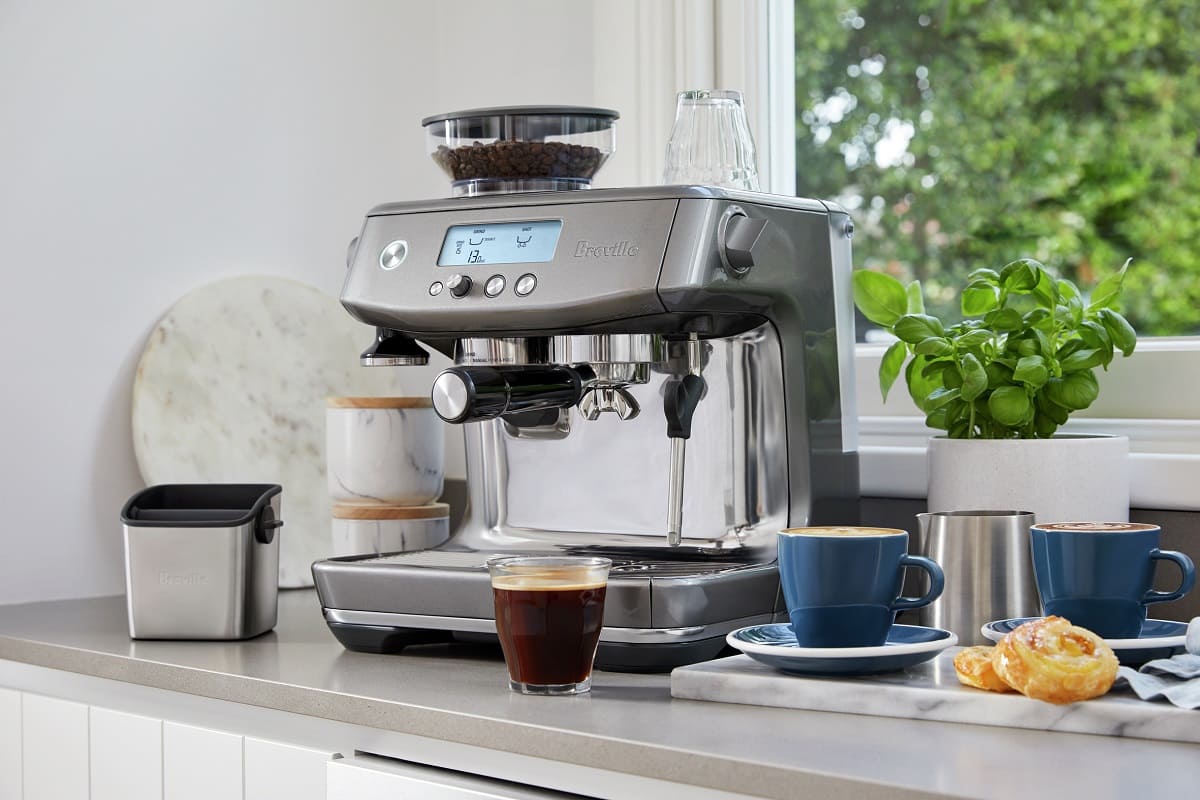


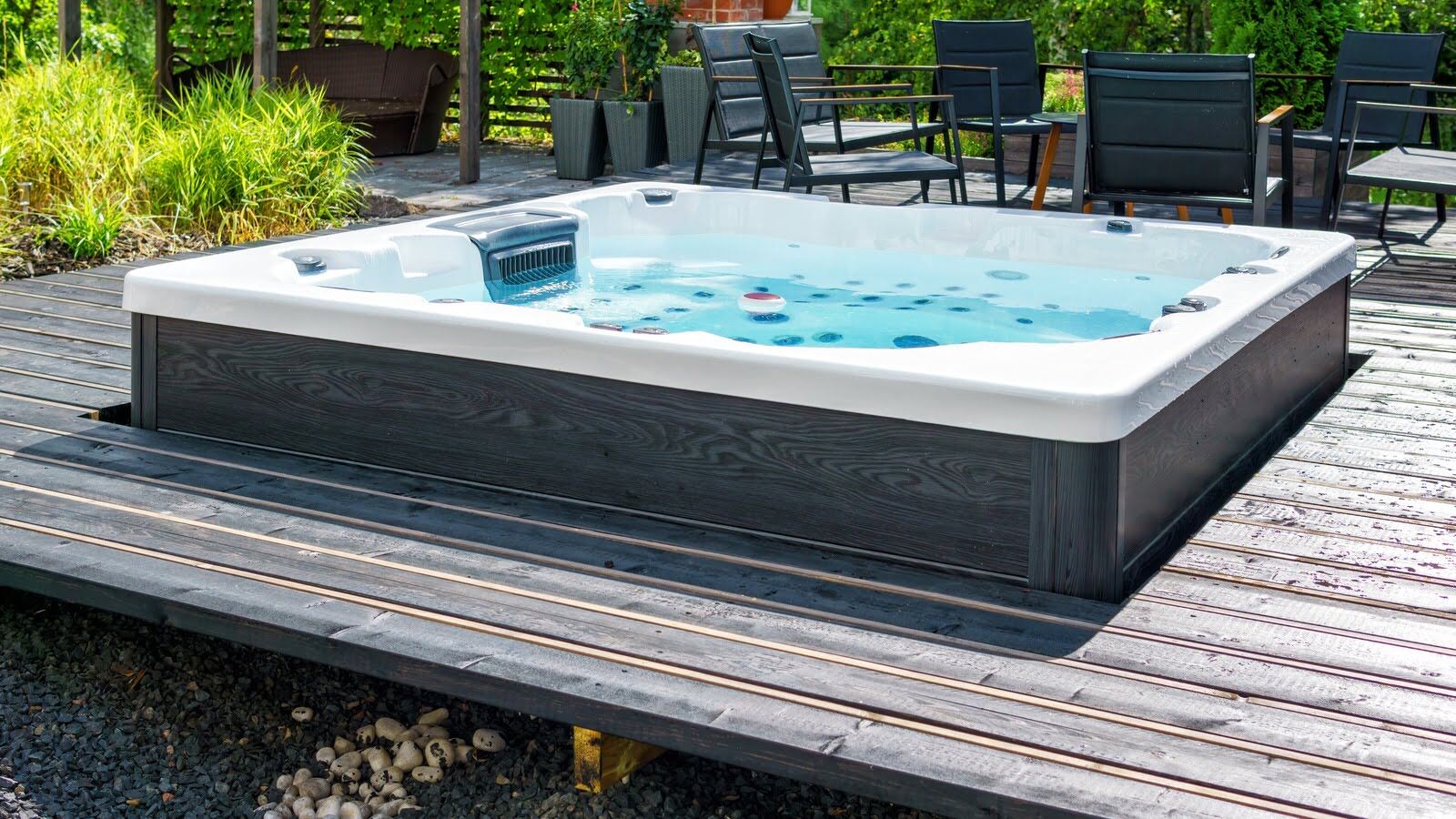

0 thoughts on “What Do You Need To Make Custom Rugs”